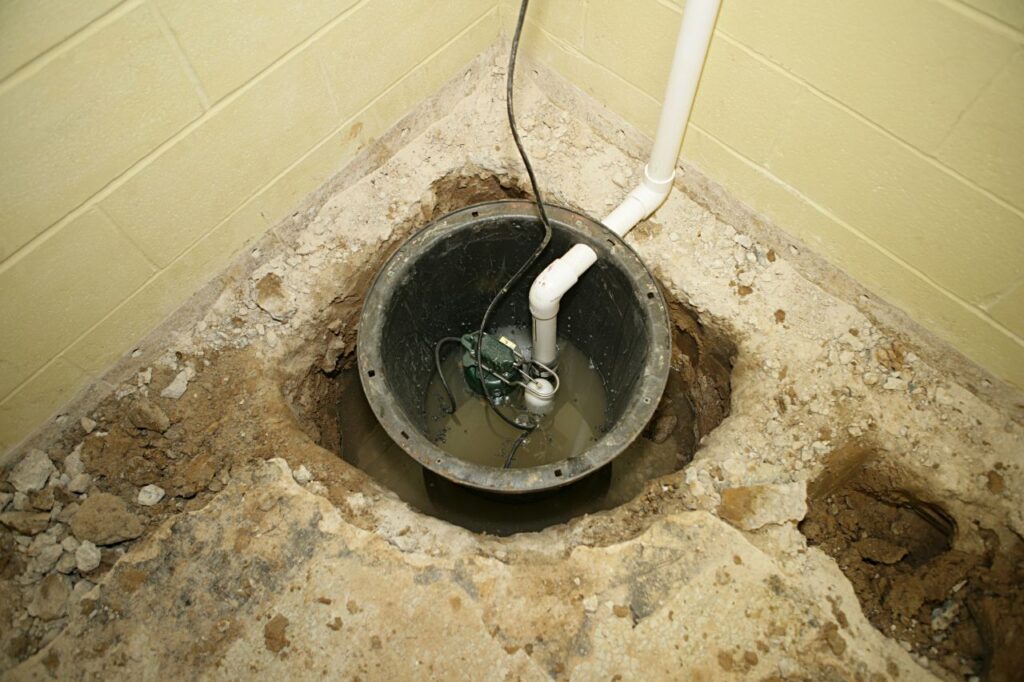Choosing the right submersible sewage pump can be a daunting process if you don’t know what to look for. There are certain criteria that should be considered before making a purchase, such as capacity, efficiency, operation mechanism, and noise level. In this article we will discuss five essential criteria for selecting the right model.
Consider the Flow Rate of the Sewage Pump
When selecting a submersible sewage pump, it’s important to make sure that the flow rate of the unit is enough for your specific needs. You want to choose a pump with a flow rate that will be able to handle the amount of liquid you need pumped in an efficient manner. It’s important to not overlook this step since it’s one of the most important criteria when selecting a sewage pump.
Evaluate the Available Power Source Options
The type of power source you can use is another important factor to consider when selecting a submersible sewage pump. Often these pumps are powered by electricity, but some models are designed to operate on a variety of other power sources, such as diesel or petrol. Since the type of power source used affects the performance of your pump, make sure that you match the available power sources with your specific requirements.
Check for Warranty Information From the Manufacturer
With any kind of product, there is always the chance that things can go wrong. To ensure you have adequate cover in case of any faults or defects, always check with the manufacturer on what type of guarantee or warranty they offer on their products. This will also serve as a guide to judge the quality of the pump, as most reputable companies will only offer a warranty or guarantee if they believe in their own product.
Look for Good Shaft Seal Quality to Prevent Leakage
The shaft seal is the point at which the pump motor has been placed into the sewage pump body and sealed. It’s vital to ensure that this part of the pump is of a good quality with no potential for leakage or seepage, as any water or sewerage getting through here can potentially damage both the environment and your property. Make sure you look for an appropriate rating for shaft seal efficiency on any model you buy – it should be within approved standards from recognized bodies such as ISO or API.
Select an Appropriate Capacity Based on Your Requirements
Before settling on your chosen model, it’s important to know what the requirements of your application are in terms of pumping volume. Inadequate capacity can lead to worries about reliability and efficiency – not least because an insufficiently powerful pump may struggle to handle heavy loads and obstructions. Opt for a model that offers not only appropriate power, but also greater surge capabilities should you need them. Make sure any prospective pump is well matched to the conditions under which it’ll be operating.
Selecting the Right Float Switch
Choosing the right float switch for your sump pump is essential to ensure that it operates correctly and safely. In this guide, we will go over the features you should look for and the different types of float switches that are available.
Understand the Different Types of Float Switches
Float switches come in three main types – plunger, mechanical, and diaphragm. A plunger switch is the most common type of float switch and uses a lever to detect when the water level has changed. A mechanical float switch utilizes a bellow with embedded weights that move when the water level changes. Finally, a diaphragm float switch uses an expandable membrane to sense changes in the water level. Make sure you understand each type so that you can choose one that best fits your needs.
Consider Liquid Level Range and Float Sizes
When selecting a float switch, you should also take into account the liquid level range in your sump. This determines the size of the float switch needed as well as its degree of sensitivity. Also consider the different sizes available as some pumps require larger or smaller floats switches. Be sure to measure and get the correct one for your specific application.
Choose an Approved UL-Listed Model for Safety
When choosing a float switch, safety is paramount. Make sure that the model you select is UL listed and has passed all relevant tests according to UL 508A Standard for industrial control equipment. This ensures that your sump pump operates safely and reliably, providing the highest levels of protection against potential harm caused by power surges, grounded, or short-circuited conductors or explosions.
Select the Right Wattage and Voltage Switch for Your Power Supply
Make sure that the float switch is rated to match your power supply’s voltage and watts. It should also be constructed with materials suitable for the environment you will be using it in, depending on whether you need a marine-grade sump pump switch for an outdoor installation or a non-metallic type for a typical indoor installation. When selecting the wattage and voltage rating of your float switch, make sure it is compatible with your power supply and equipment in order to protect against potential damage from overloading.
Think About Electrical Connections – Wiring, Plugs and Terminals
Before making your purchase, consider the type of electric connection you need, as some float switches will come with a plug and wiring and others are terminal-only. Choose what is appropriate for your system as plug-in versions generally offer easier installation but terminal units deserve more flexibility. Make sure that all components match up in terms of voltage, current and watts and double check to ensure all connections meet safety codes.

